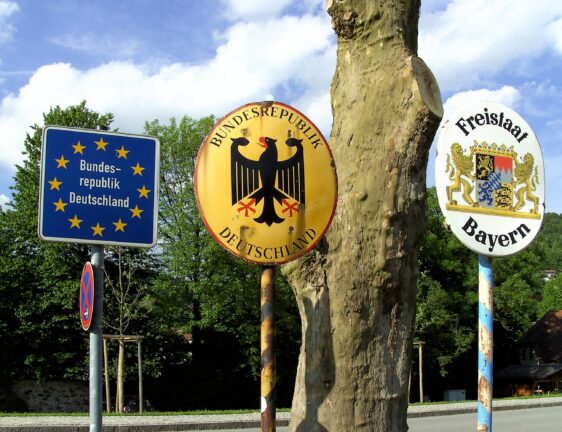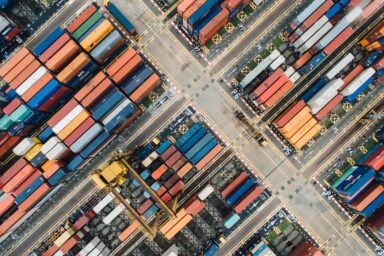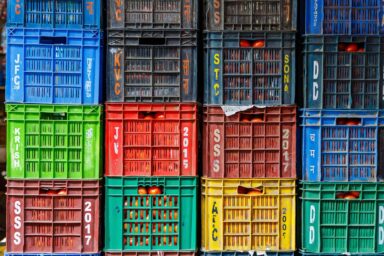The decision to maintain controls at all German state borders beyond 15 September puts an additional strain on the already fragile Schengen area rules. The announcement comes despite a significant decrease of asylum application in Germany. Berlin also plans to continue with controversial deportations of migrants to Afghanistan.
“We will continue to maintain border controls beyond September,” German Interior Minister Alexander Dobrindt, member of the conservative Christian Social Union (CSU), said on 7 August. That decision applies to all Germany’s land borders from Denmark in the north down to Austria and Switzerland in the south. Officially, the main reason behind this move is to prevent irregular in-migration.
The decision is controversial both internationally and also in the context of Germany’s domestic politics. The ’temporary’ controls at Germany’s national borders have been subject of criticism from other states since they have been introduced. Internally, the German federal police complain of being overworked and understaffed (Germany’s total border length with its nine neighboring countries is almost 3,800 kilometres, with hundreds of border crossing points). Plus, German courts doubt the legality of such a decision.
Schengen system under strain
Together with 28 other countries, Germany is member of Schengen area which, in theory, guarantees free movement to more than 450 million EU citizens. Under the Schengen Borders Code (SBD) member states are allowed to temporarily reintroduce border controls at the internal borders “in the event of a serious threat to public policy or internal security”.
Reintroducing border control at the internal border should only be used as a measure of last resort. – Schengen Borders Code
SBD stipulates that duration of such border checks must be limited in time. Reintroduction of border control should be restricted to the bare minimum needed to respond to the threat in question and should only be used as a measure of last resort.
Before the 2015 migration crisis such measures were adopted only in extraordinarily circumstances like big sport events or important political summits. Since 2015, however, reintroduction of ‘temporary‘ border checks have become far more frequent. At some sections of intra-Schengen borders controls became de facto permanent. Prevention of Illegal migration has been cited as the most relevant reason.
You might be interested
Currently there are 11 official notifications of temporary reintroduction of border control in effect. Germany, France, and the Netherlands are the only Schengen countries that maintain border checks at all sections of its land borders. Poland, which reintroduced border checks with Germany and Lithuania in early July 2025, is the latest addition to this list.
Asylum applications are decreasing
Germany’s move to prolong border controls – officially justified by migration concerns – comes despite the fact that compared to previous year German authorities register far less asylum applications. From January to July there were 70,011 of such applications, less than one half compared to the same period in 2024 (140,783).
Minister Dobrindt also announced that the German government intends to organize more deportation flights with migrants that committed serious criminal offenses. On 18 July, a successful deportation flight to Afghanistan was conducted. However, it sparked significant controversy with human rights organizations describing such deportations ’unacceptable‘.











